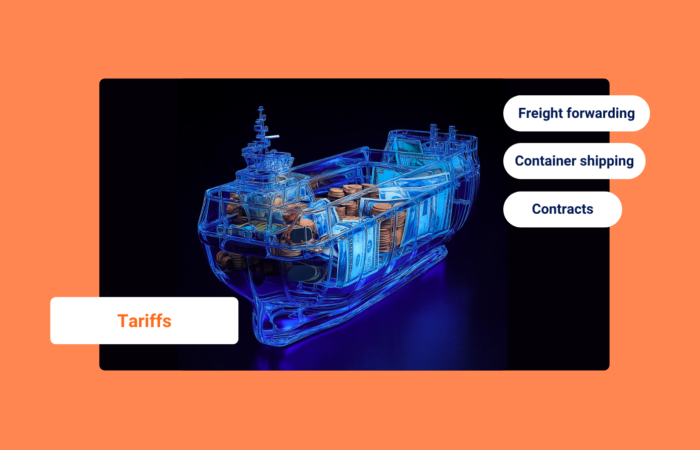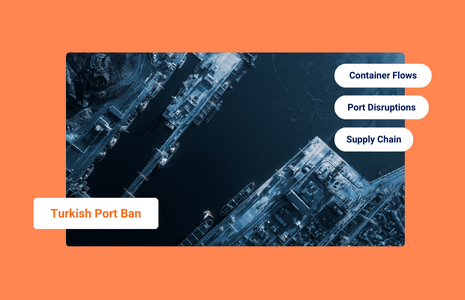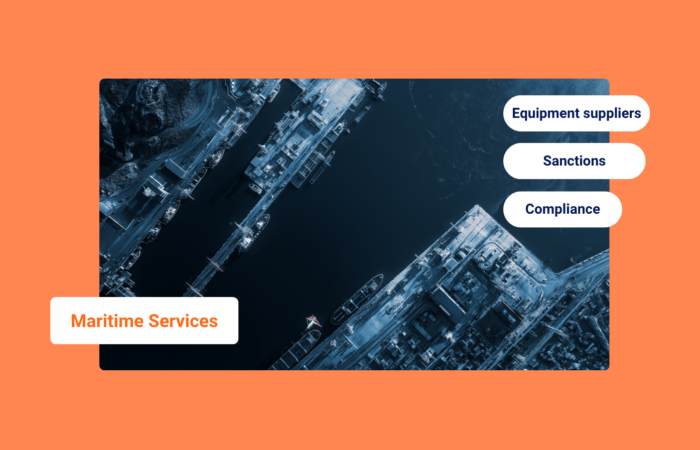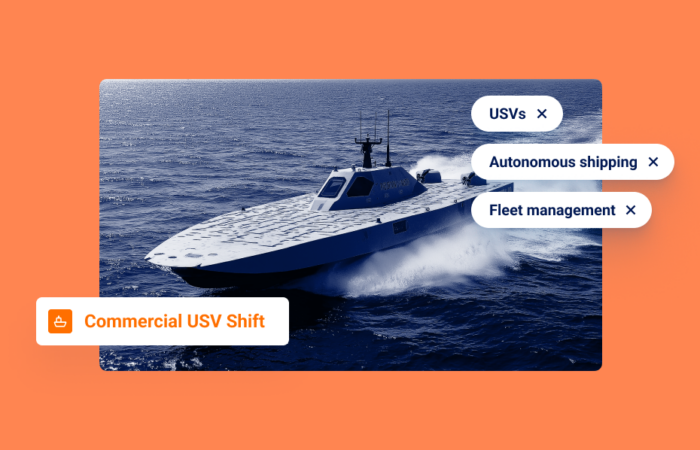5 Strategies for an Agile Supply Chain
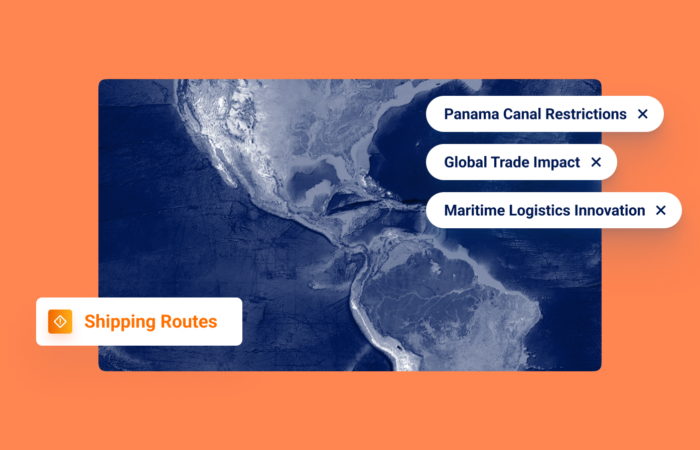
What’s inside?
Maersk notes that “57% of companies are planning to ramp up supply chain resilience by investing in measures that boost agility. This commitment to the cause of agility assumes greater significance because only 27% of companies believe their supply chains are agile enough to support evolving business models.”
An agile supply chain (also known as agile SC) refers to a flexible, responsive logistics and supply management solution designed to quickly adapt to ever-changing market demands and logistics disruptions prevalent in today’s global landscape.
Organizations and businesses can adopt the following five strategies to achieve this desired agility, each leveraging the strengths of advanced technology and innovative approaches.
Why an Agile Supply Chain is Important
The concept of an agile SC was first introduced in the early 2000s. Traditional supply chain processes were not keeping up with the increasing number of suppliers and the need to make quick changes in a dynamic environment.
This concept has picked up more speed over the past few years as the shipping industry has faced various challenges, including COVID-19, war and resulting sanctions against Russia, climate change that affects important water pathways, labor shortages, port congestion, and bottlenecks in manufacturing and distribution centers.
In light of the staggering data that 40% of shipments are delayed, by not adopting a flexible and agile supply chain approach, companies run the risk of delays and not having a viable backup solution to deliver goods in a timely manner.
Here are the five tips for an agile supply chain:
1. Embrace Independence Through Data
Breaking the chain of dependency on carriers starts with data autonomy. Access to accurate estimated time of arrivals (ETA), crucial milestones, and data points allows businesses to rely less on external sources. Leveraging Windward’s AI-based advanced analytics, which utilizes years of historical data – including container milestones, vessel positional data, and vessel schedules – enables ocean freight operators to obtain precise ETAs.
This approach anticipates potential disruptions and reduces reliance on carrier-provided information, which may not consistently offer the most accurate insights necessary for maintaining an agile supply chain.
Windward conducted a data comparison and found that with an industry-standard transportation management system (TMS), logistics and supply chain organizations are tracking the wrong vessel 17% of the time!* The current state of data makes it difficult for organizations to achieve visibility, let alone actionable visibility. This situation impacts strategic decision-making, cost-saving initiatives, and the customer experience.
*One or more of the shipment legs was misaligned with Windward’s data, which was validated by vessel activity/port calls.
2. Time-Saving Automation
Receiving automatic updates seamlessly, without the need for troubleshooting delays, can save valuable time. Automated Maritime AI™ container tracking systems provide real-time insights into shipment progress, allowing for swift identification of issues and immediate corrective actions, minimizing disruptions, a critical aspect of an agile supply chain.
Exception management is invaluable in helping shippers effectively manage disruptions. It provides real-time alerts, such as:
- ETA delay
- Unfeasible route
- Short TSP buffer
- Roll over at POL/TSP
- Late allocation
- Late departure from POL/TSP
- Transshipment delay
These alerts allow for immediate action to be taken to rectify problems, or to implement contingency plans and maintain the flow of goods.

3. Elevate Customer Service with Real-Time Insights
Proactive problem-solving is an important element of an agile supply chain. For example, receiving a real-time update when a critical event has occurred can take your customer service to the next level. The sooner you’re able to inform your client about the delay, the better.
Real-time insights at every stage of the shipment process empower businesses to take immediate action in case of deviations. Automated alerts and precise data and insights facilitate effective communication with customers, ensuring transparency and trust in an agile SC.
To assist with future planning, analytics on carriers and route performance is another way to ensure your customer receives an elevated experience.
4. Effortless Communication, Inside and Out
Seamless communication internally and externally is pivotal for a streamlined and agile supply chain. Integrating Maritime AI™ insights into preferred applications and workflows enhances collaboration across teams and stakeholders.
APIs, user-friendly and customizable interfaces that can be embedded in your preferred workflows and software, and features that make sharing easy, enable the painless communication of critical information, fostering better collaboration and decision-making – key elements of an agile supply chain.
5. Dedicated Services and Tailored Support
To set your supply chain up for success, a Maritime AI™ solution can help make managing operations much easier. It’s about more than just equipping managers with new software, but also facilitating a smooth transition for potentially hundreds of employees. This transition to a new solution requires a thoughtful and customer-centric support model to streamline their workflows and make their daily tasks easier.
Comprehensive guidance, training, and support are included to ensure that every team member feels confident and capable of using the platform.
Looking to the Future
An agile supply chain is a necessity in the face of evolving business landscapes and unprecedented disruptions. With only a fraction of companies currently viewing their supply chains as sufficiently agile, the imperative to adopt strategies that enhance flexibility and responsiveness has never been clearer.
By leveraging data independence, time-saving automation, real-time insights, effortless communication, and dedicated support, organizations can adapt and thrive in today’s dynamic markets, ensuring smooth operations, elevated customer service, and a competitive edge.
The journey toward an agile supply chain demands technology adoption and a holistic approach that empowers teams and optimizes processes for resilience and success.








